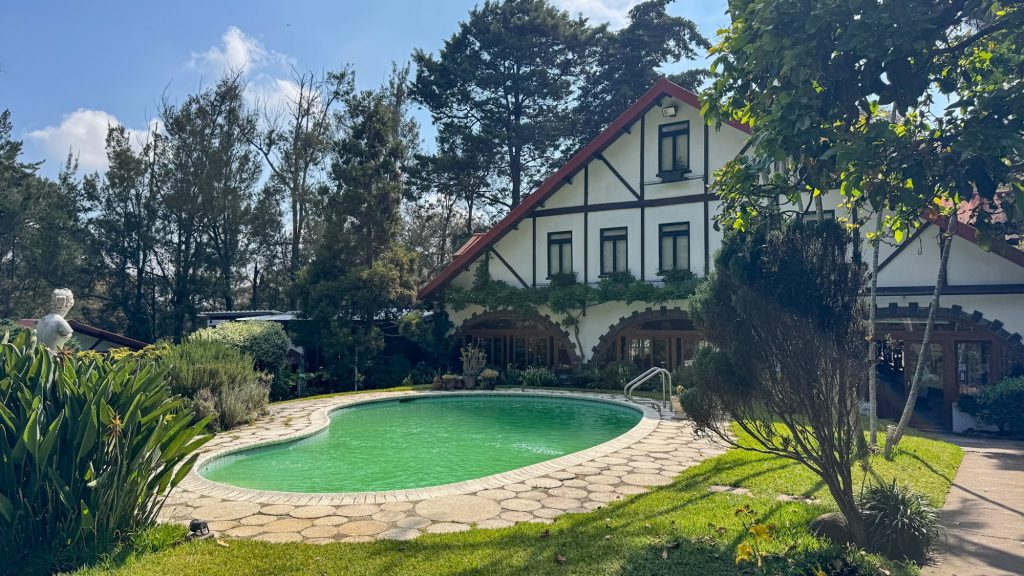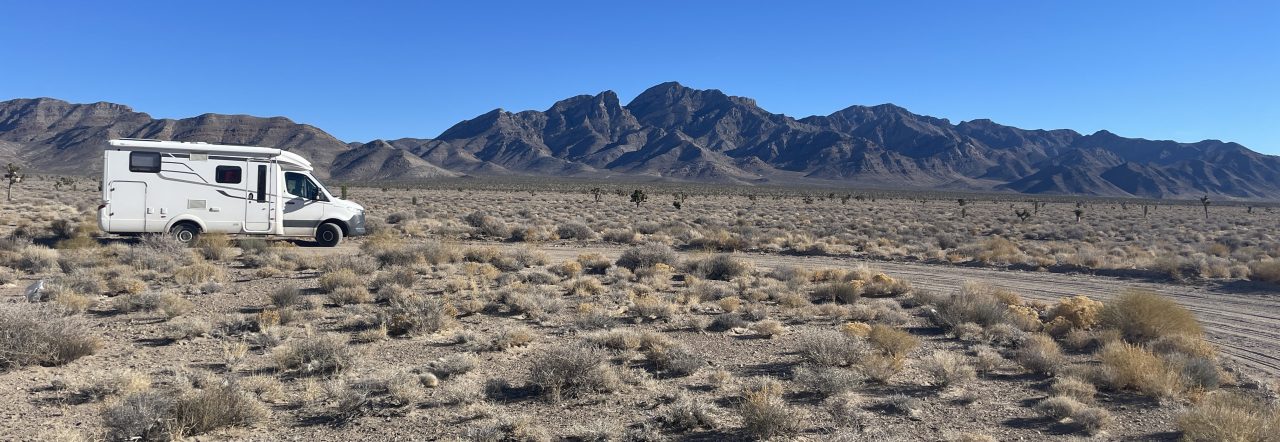Many people told us that Guatemala was their favourite Central American country and having spent six weeks there, we now understand why.
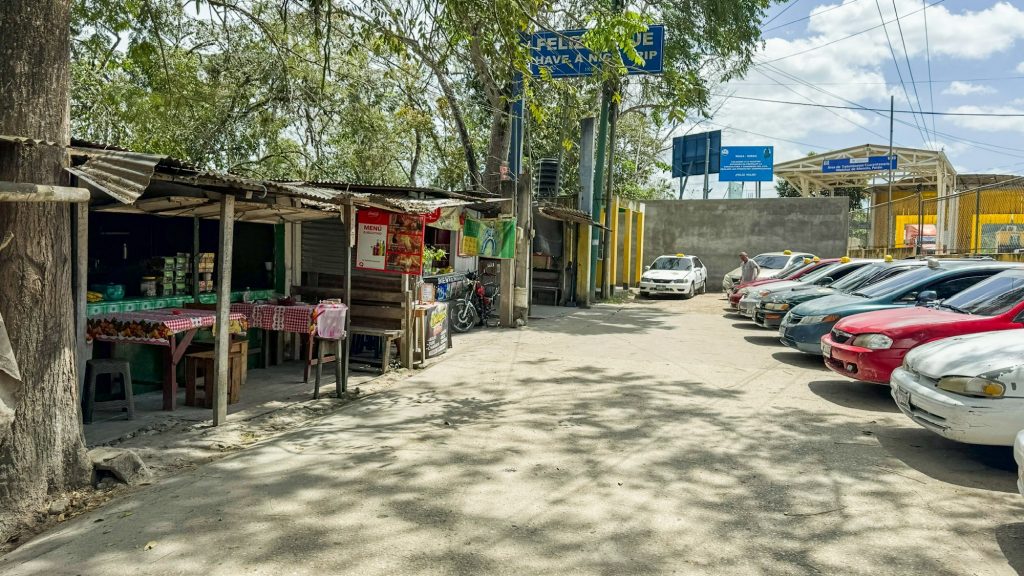
The crossing from Belize to Guatemala was straightforward if a bit admin intense. Like many of these borders, you move between booths, cross the street for copies of the last stamp and back to another booth to get the final document in place. We already have multiple copies of our documents but often customs want a copy of the stamp immigration has just put in your passport.
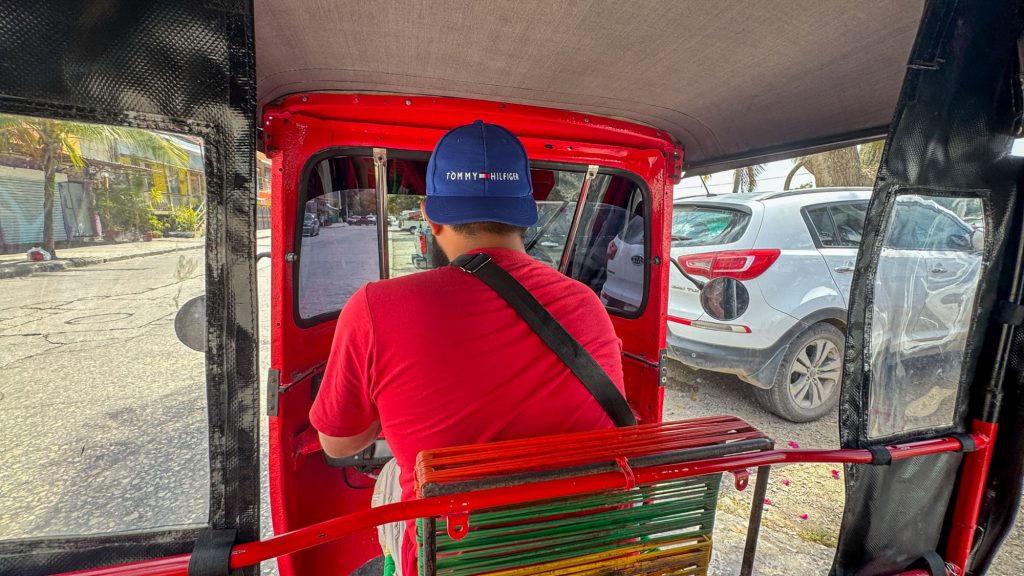
The eastern side of Guatemala is relatively low lying and covered in jungle so very hot and humid. After a brief stop in Flores to restock the fridge and cupboards, and top up the water and LPG tanks we headed to one of Guatemala’s top tourist attractions, Tikal.
We’ve written a separate post on Tikal covering the process for entering the park and the tour we took. If you want to read that then click here.
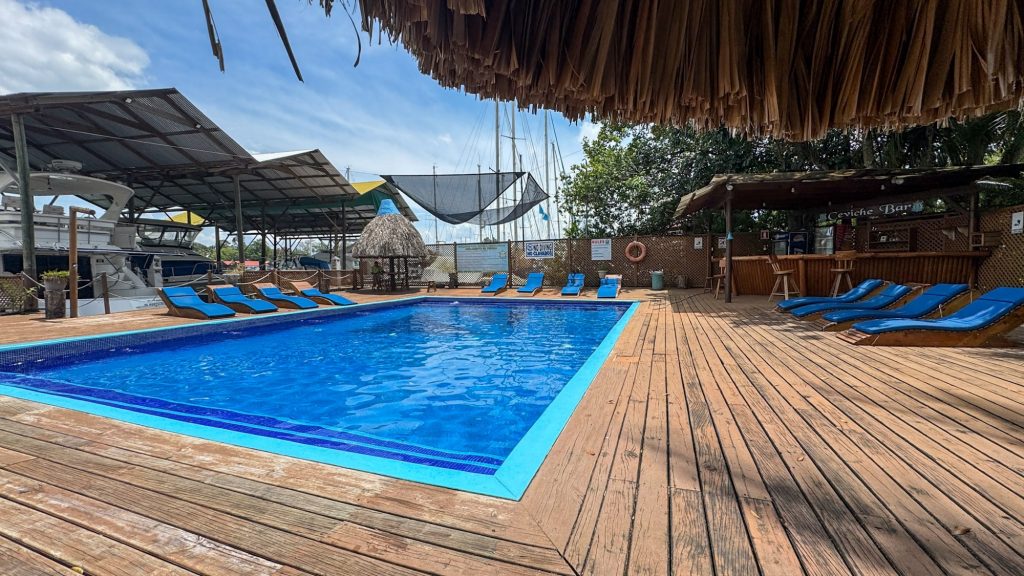
After Tikal we moved south to the Rio Dulce for a few days in the marina there – we had use of the marina swimming pool and it was wonderful! From here we took the collectivo boat service (basically a public bus equivalent) out to Livingston, a Garífuna community on the Caribbean coast. The boat takes a couple of hours to get there, making stops along the way to pick up passengers and also to show the local flora and fauna.
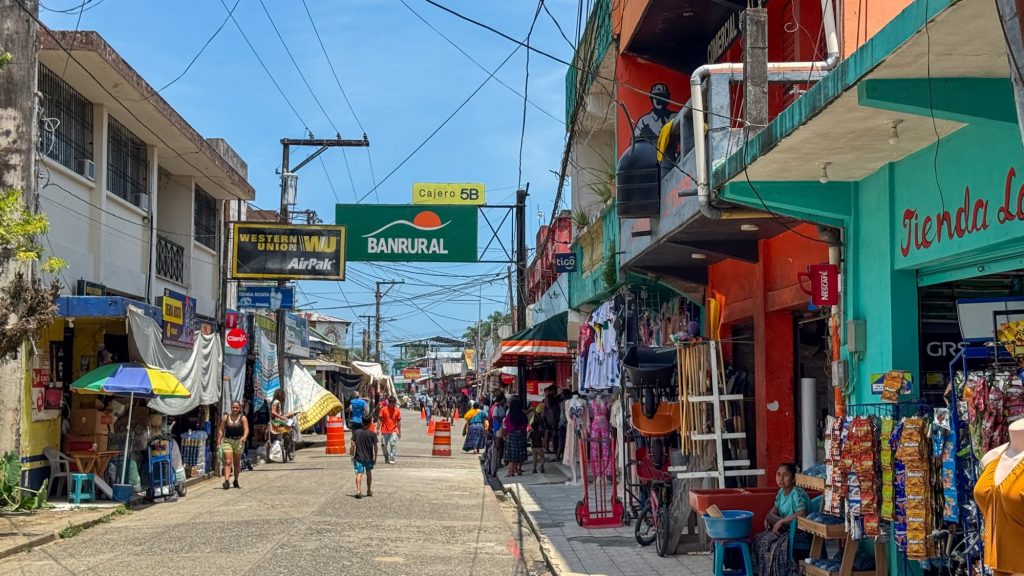
The Garífunas descend from African slaves who were often survivors of shipwrecks and the indigenous people of San Vincent. In the late 18th century they were exiled from San Vincent by the British and now a few Garífuna communities are found along the Caribbean coasts of Belize, Honduras, Guatemala and Nicaragua.

We spent a couple of hours in Livingston and enjoyed a typical Garífuna meal whilst there.
As usual, after a few days the heat got to us so it was time to head to the mountains. The drive was broken up by a couple of stops on the way before we arrived at Lake Atitlan and between here and Antigua Guatemala, the old capital, we’d spend the next five weeks.
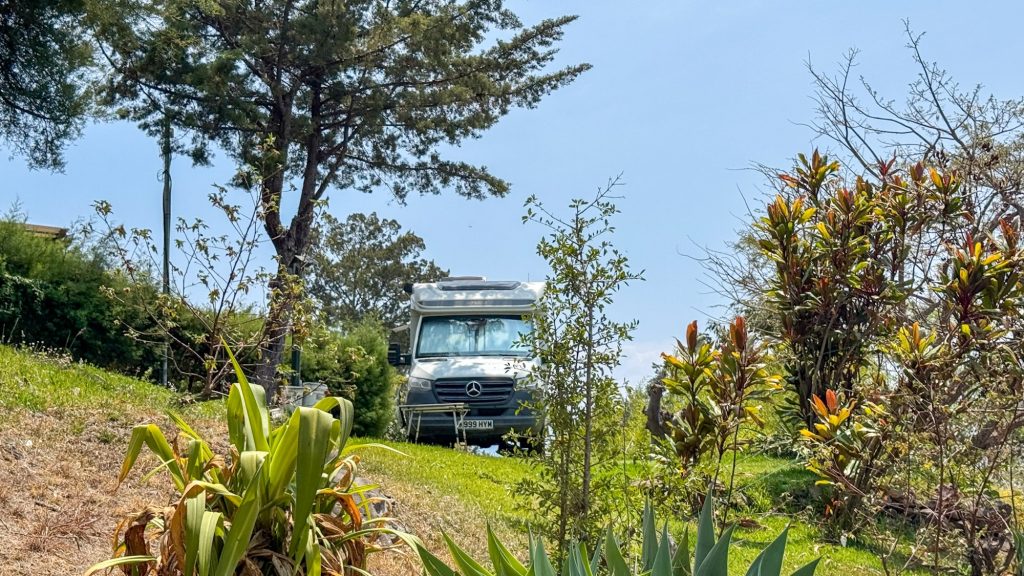
Lake Atitlan is a huge volcanic lake, known as the deepest in Central America, and is surrounded by steep hills home to old Mayan and communities. Access to several of these towns is only by boat and water taxis crisscross the lake all day. The taxis are easy to flag down and are a cheap way to explore the lake.
We visited the towns of San Marcos, San Pedro and San Juan with the latter being our favourite. The first two are very much backpacker destinations but that’s not to say they are not worth visiting and in all three towns we drank good coffee and ate well!
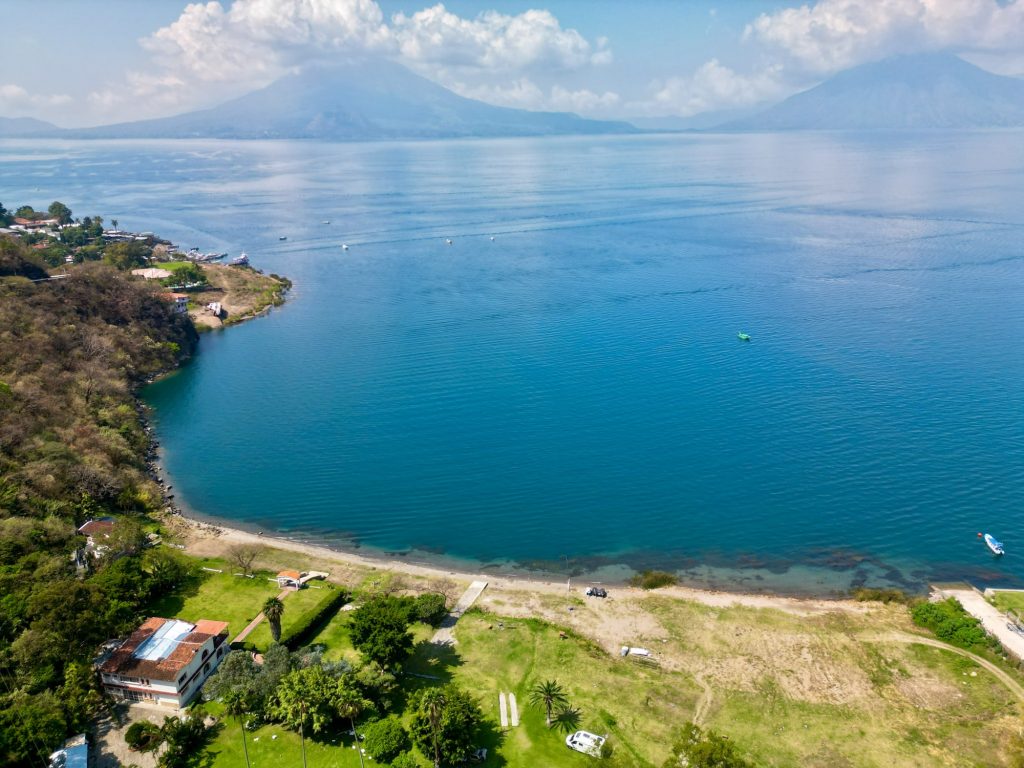
A short walk from our campsite in Panajachel was the Atitlan Nature Reserve. We didn’t see too many of the resident monkey troop, in fact we saw just the one, Thomas, but the butterfly house was well worth the visit.
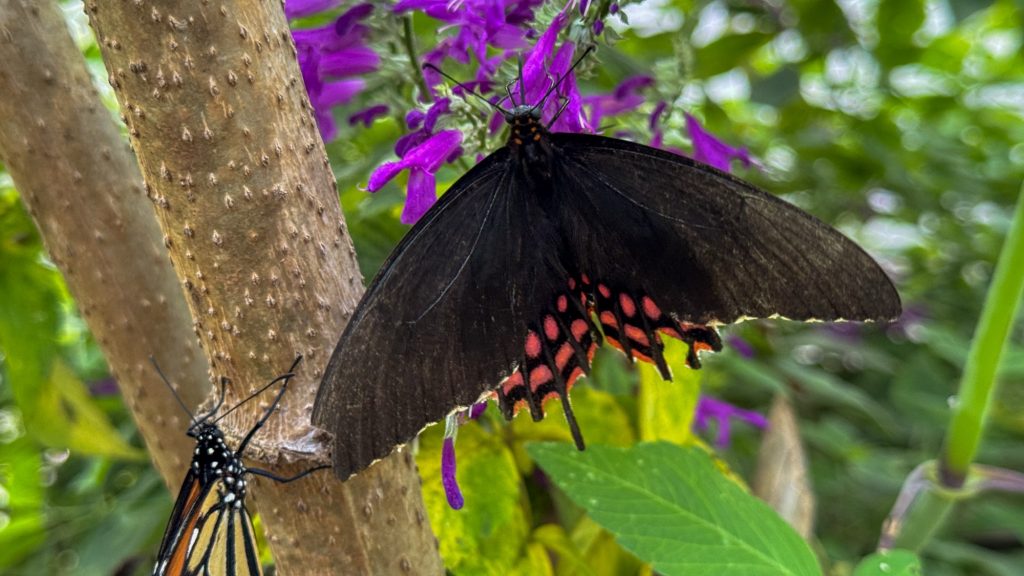
The reserve also offers “extreme” activities including zip lining and BiciCable, where you “ride” a suspended bike along wires over the valley and jungle. As we’re always up for something different, we gave the latter a go. The wire is only 250m long (you cycle it twice, there and back) but riding up the second half each time was hard work but great fun and we’re glad we did it.
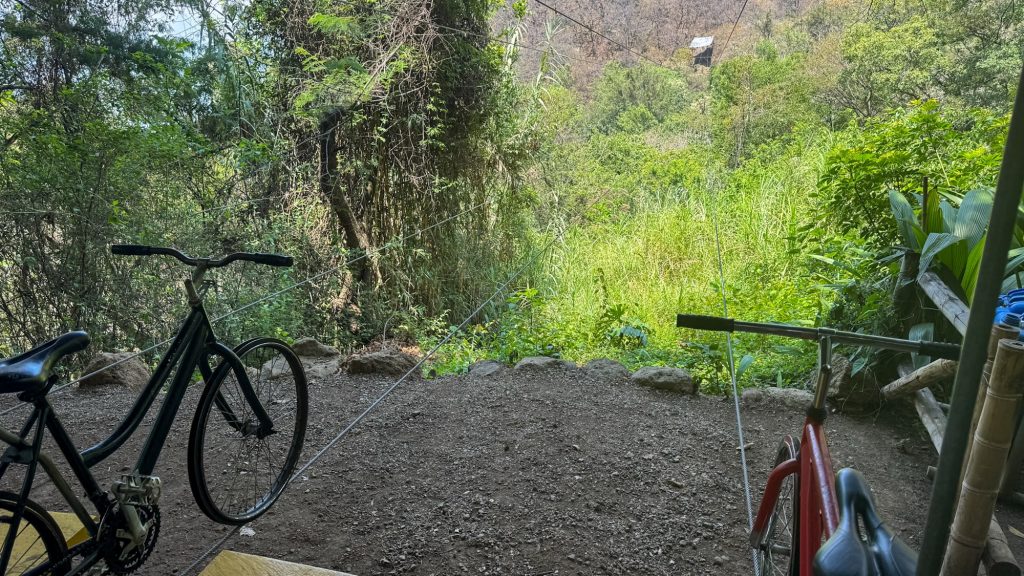
After our second visit to the lake we took a short trip north to the town of Chichicastenango, home to the largest market in Central America. We found the same arts and crafts that we have seen in other places, not that that stopped us buying a couple of things!
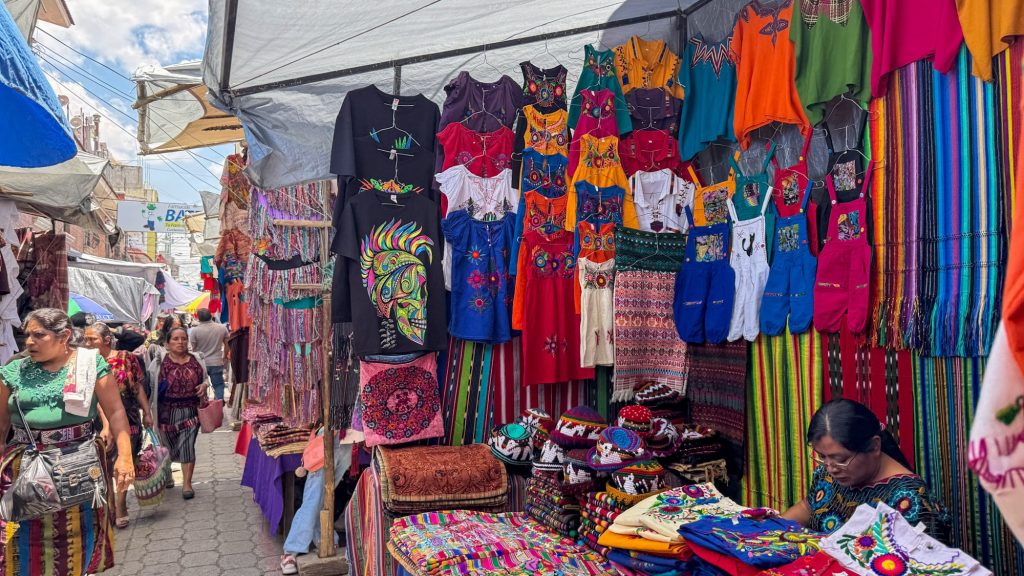
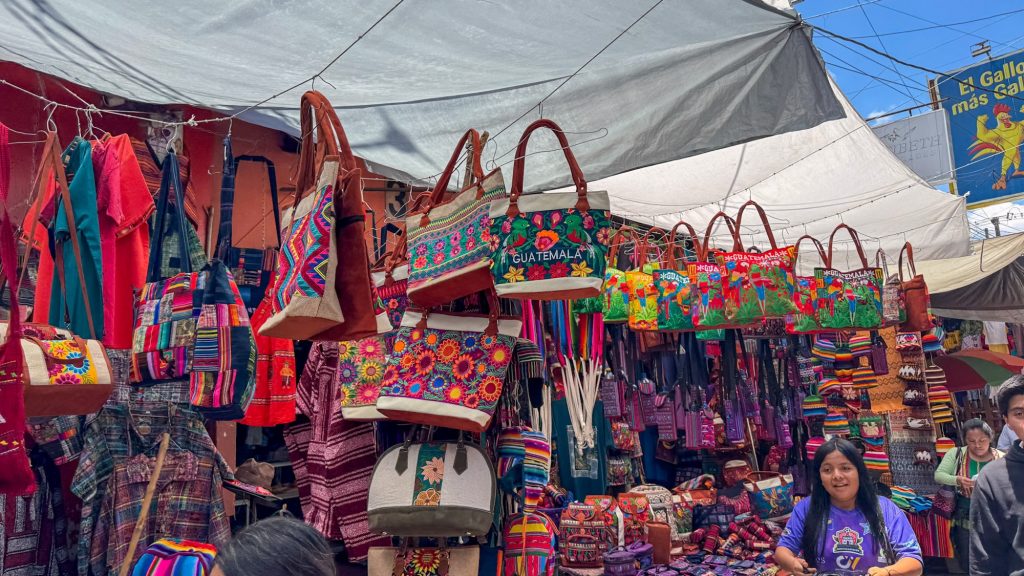
We wandered back into town again the following day to see a little more of the town without all the market stalls.

When not at Lake Atitlan we were in Antigua Guatemala but we did and saw so much there, I’ll leave it for another post!
Motorhoming in Guatemala
The roads varied from well maintained and smooth to tight cobbled streets, some with holes and many with túmulos (speed humps). Local drivers were on the whole OK but never get in the way of a chicken bus enroute to somewhere – they don’t stop for anything!
We were able to buy purified water and filled the tank either with a hose or if desperate by emptying 5 gallon containers (garrafons) into it. We did also fill from campsites as we have a filter system onboard and there were no repercussions from that.
LPG was widely available. We are going through gas quite quickly but it’s for the fridge as we’re not hooking up often.
We use ultra-low sulphur diesel and we found plenty of Puma fuel stations stocking the fuel as “Ion Diesel”. Nice price too – about 70p a litre!
Campsites ranged from very basic to all singing and dancing but there was not one we wouldn’t use again. A number of restaurants and visitor attractions also allow overnight parking, often free to encourage you to eat there.
Campsites used
Camping Tikal: Q50pppn. Camping on a large grass field a couple of minutes walk from the entrance to the ruins. There are showers and toilets on site plus a couple of restaurants nearby. It can be noisy but that’s from the sounds of the jungle rather than other campers!
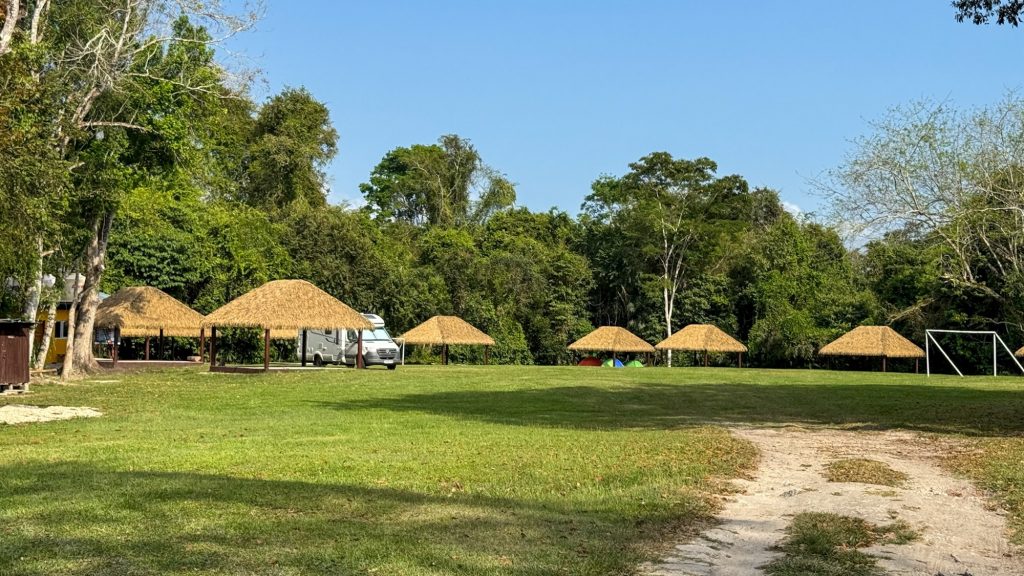
Mar Marina, Rio Dulce: Q200p/n. There is a small gravel car park by the yacht club reserved for RVs. There are toilets, showers and electric hook up (available on request and at extra cost) and you also have access to the pool and restaurants. Great location for accessing the boat trips along the Rio Dulce to Livingston.
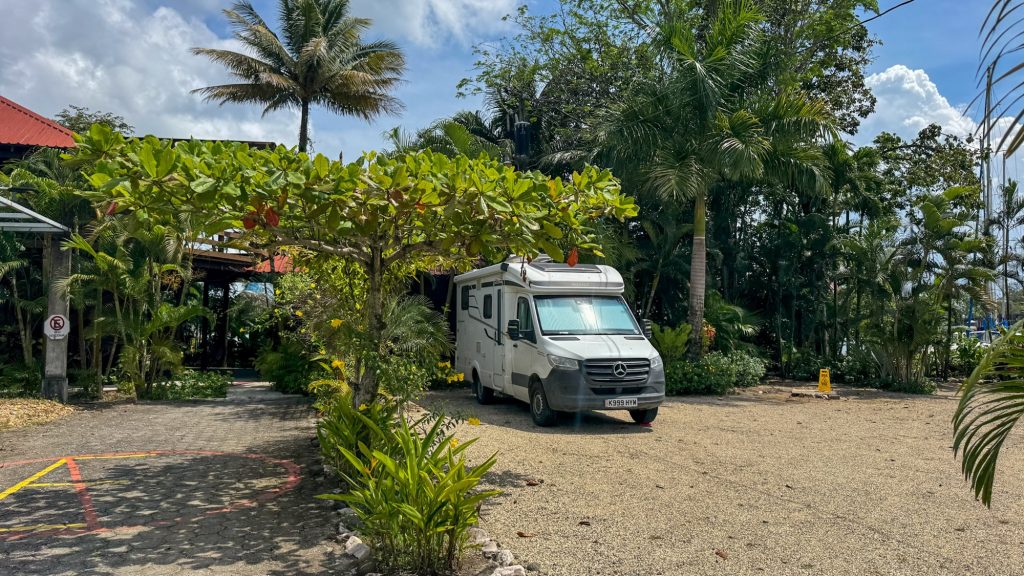
IPasaj Cap, San Marcos, Lake Atitlan: Q100p/n for a grass pitch with water and EHU. A tricky site to get to and get into; there are lots of hairpins down to the lake and then the campsite is on a steep slope on the lakeside. There was a large overland truck on the site and we can imagine it was quite an adventure to get there! But once there it’s a great campsite within easy walking distance of San Marcos. Pierre, the owner, butchers his own meat and also sells local fish – both were very reasonably priced. They offer a laundry service and the site has its own dock from where you can flag down water taxis to get across the lake.
Camping Bahia Atitlan, Panajachel: Q200p/n. Large grass area right on the lake. Scattered electrical sockets attached to trees (hate to think what happens in the rain!), as well as a pool and restaurant on site. The town of Panajachel, from where you can take water taxis across the lake, is a short walk away as well as the Atitlan Nature Reserve. There was more rubbish across the site than we’d normally see but there had been some sort of festival there the previous week – we are aware of other RVs that had been hemmed in by the tents!
Casa Tzocoma RV Ecopark, Chichicastenango: Q100 p/n. A great little forested campsite with lots of electric points, toilets, showers and most unusually, a proper dump point! Really friendly and helpful owners. The campsite is a 10 minute walk to town (all uphill on the way there) which is famous for holding the biggest outdoor market in Central America – the big market is Thursdays and Sundays.
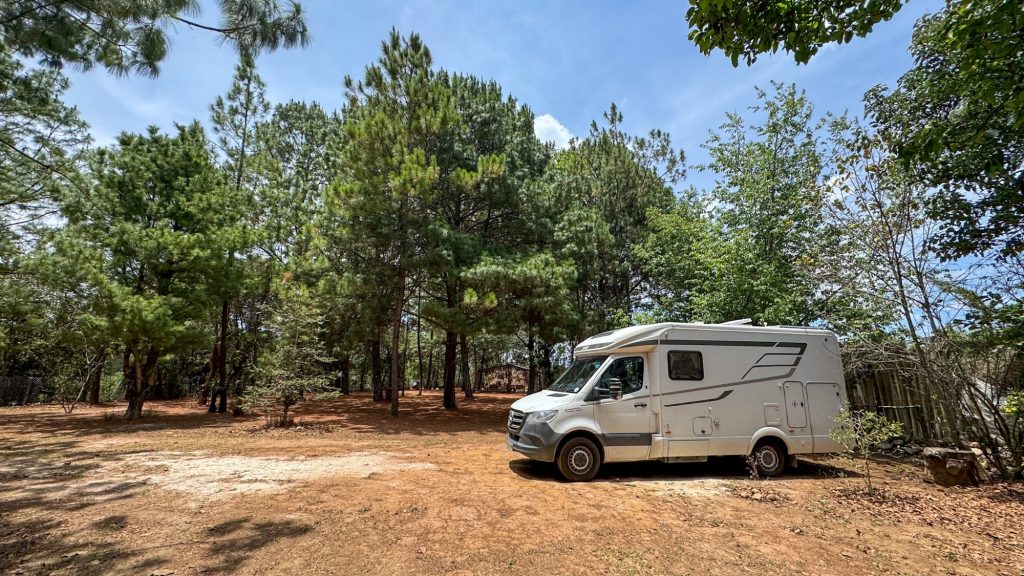
Other park ups
El Centro Cultural Y Deportivo car park, near Flores: Free. Large open car park for the sports ground. No facilities but close to a large supermarket and a short walk to the island town of Flores.
Restaurant Marea Rojo, El Rancho: Free. Large popular seafood restaurant on the main road across the country. The restaurant was really busy when we arrived (it was a Sunday) but once it closed at 7pm, it was very quiet. No facilities. We ate in the restaurant and had enough leftover food in a takeaway box for lunch the next day!
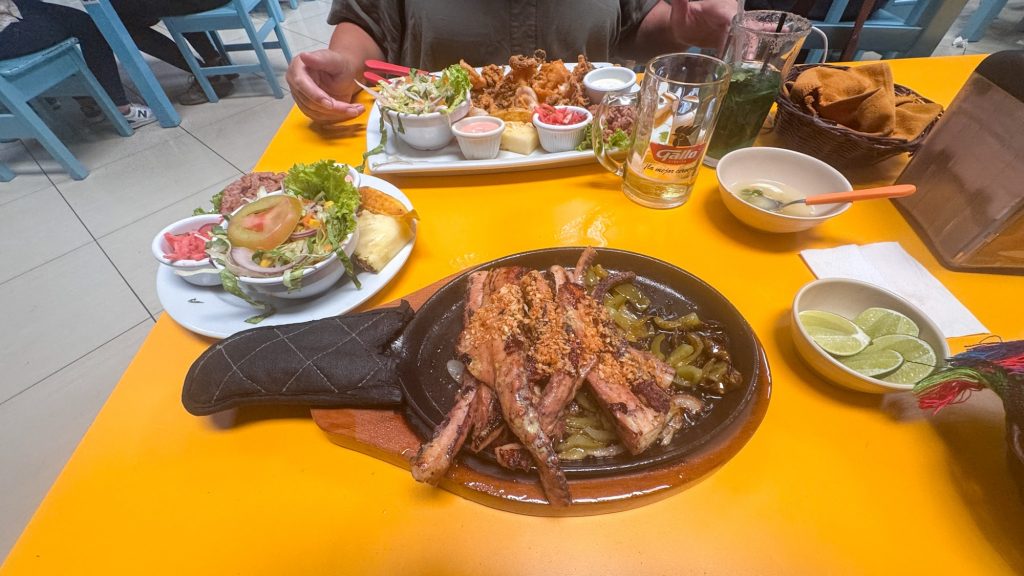
Cabana Suiza Restaurant, near Guatemala City: Free. A Swiss style chalet restaurant with a great view over the city. Parking is on a grass field and there are toilets nearby. We ate breakfast in the restaurant the following morning (it came recommended) and can confirm that it was a good recommendation.
